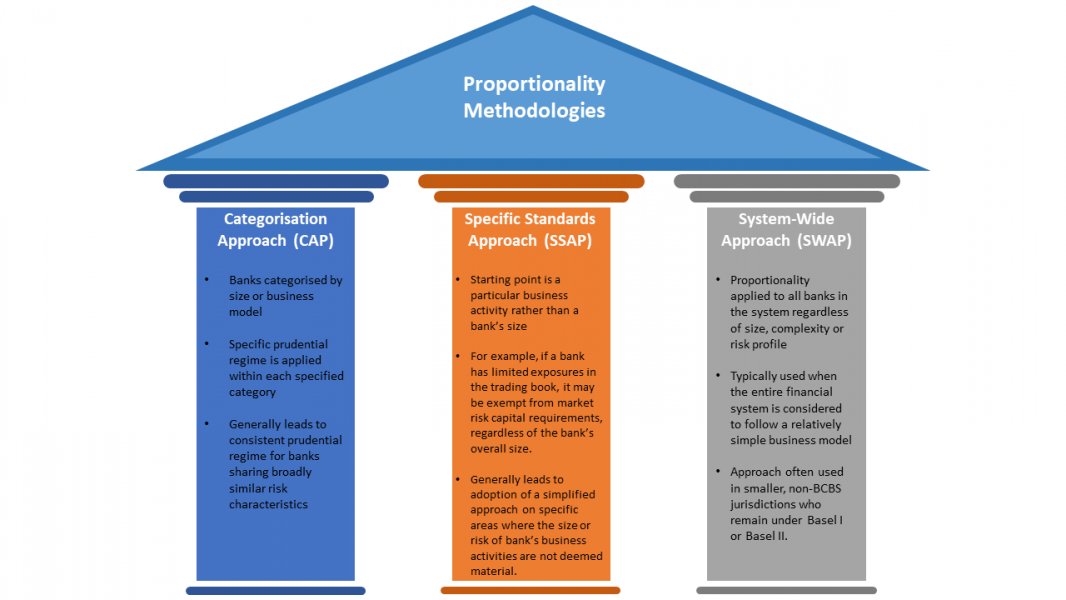Raihan Zamil is a Senior Advisor at the Financial Stability Institute (FSI) of the Bank for International Settlements (BIS) and currently oversees its banking supervision dissemination programme and outreach activities to central banks and supervisory authorities in the Asia-Pacific region. He represents the FSI in senior groups of the Basel Committee on Banking Supervision, including the Basel Consultative Group and the Accounting Experts Group. Prior to joining the BIS, he worked with the International Monetary Fund and an international consultancy as a banking policy and supervision advisor to central banks in Asia and Eastern Europe. Before that, he worked at the US Federal Deposit Insurance Corporation, where he held a number of positions in banking supervision. He was educated at the University of California-Berkeley, Haas School of Business.





